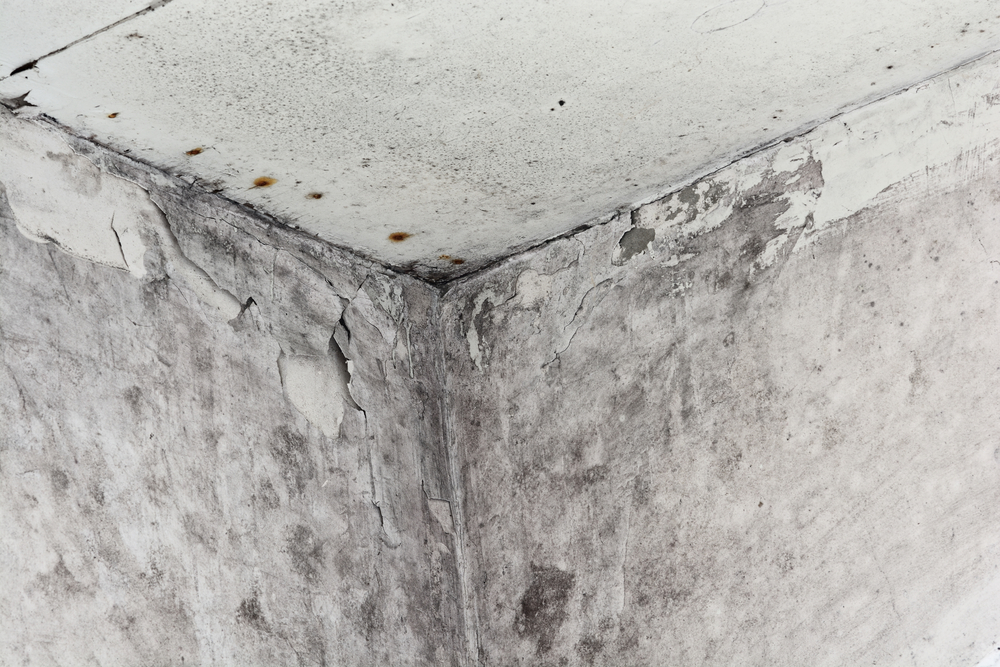One fun fact about mold is it can grow anywhere. In fact, mold can grow on glasses and metals just the same way as it will grow on wood. However, mold is commonly found in moist places like paper products and wet ceiling tiles.
Mold can grow indoors or outdoors and can be transferred from the outdoor environment to homes via spores. Mold spores can cause the growth of mold in the home and respiratory problems for occupants. The challenge with mold spores is controlling their growth to prevent other adverse health effects.
Mold: how it grows and affects your health
A mold is a group of fungi that grows on plant and animal matter. Mold can be any color: green, black, white, purple, or orange.
Against popular belief, mold in the home does not always pose health implications; molds are natural decomposers that break down plant or animal matter. It explains why you find mold in spoilt food and decomposing materials.
Unlike plants, mold does not grow from seeds, it grows from spores found indoors and outdoors. Mold spores can attach to clothes or animals and be brought into the home. A mold will form in the presence of air, water, and nutrients.
How mold affects the health
A study in 2004 links upper respiratory symptoms to indoor exposure to molds. In people with asthma, mold exposure will trigger asthma symptoms; and hypersensitivity pneumonitis (Inflammation of the lungs) in people with compromised immune systems. For everyone else, molds and their spores can cause allergic reactions.
Here are symptoms you’ll most likely experience if you’re allergic to mold:
- Watery eyes
- Headache
- Difficulty breathing
- Coughing
- Wheezing
- Itching
- Fatigue
How to prevent mold
You can prevent mold growth or wipe them out if they’re grown already. Here are some tips on preventing mold growth and removing them if they already exist.
Preventing molds
- Start by fixing leaks in the roof, windows, and walls.
- Vent your dryer to the outside.
- You may want to consider using mold-resistant paints.
- Always keep your home dry. Take out wet materials and dry materials that cannot be taken out.
- Ventilate areas like the kitchen, bathroom, and laundry area open to moisture.
- You can use dehumidifiers to regulate the amount of moisture in the air.
How to remove mold
In minor cases of mold growth in your home, you could try to remove it yourself. Simply wash the affected area with warm water and detergent, then leave it out to dry. The tricky part will be knowing which type of mold you currently have: is it going to cause respiratory issues for your family? Will it be easy to remove without leaving spores or traces in your house? Figuring this out is exactly why you need professional help to keep your home and family safe. As we have discussed here, mold can have serious health implications for you and your family. If you believe you might have a serious case of mold in your home, don’t wait around to see what happens. Contact 911 Flood R US for immediate help if you haven’t been able to get rid of the mold in your house. Trust us, your family will thank you for it.

